Whoa Doggie!
Boundaries & Social Skills
for Younger Dogs
Dogs Out Loud
March 17, 2016
How do you build a healthy relationship with a dog who doesn't have a home of his own?
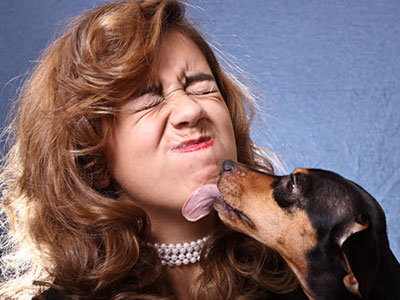
Why Focus on this Group of Dogs?
- This population of dogs is why DOL was created.
- This is our most frequently long-stay dogs. How do we turn potty walks or ball games into enriching and educational activities?
- If we have a better understanding of these behaviors, we can learn not to take the behaviors so seriously. They may not show up in a home.
- To get adopted, dogs need to be able to engage and settle with humans in a socially appropriate way. What can we do to teach the dogs these skills?
What Behaviors are We Talking About?
What behaviors make YOU say "whoa!?"
Examples include
- Mouthing
- Humping
- Leash biting/climbing
- Jumping up
- Fence fighting
- Door darting/in-kennel issues
- Spinning
What Causes These Behaviors?
Impact of Shelter Environment
- Stress!
- Lack of consistency or expectations: the dog who doesn't have a home base, his own people or toys, a routine, etc.
- Lack of control over his environment or ability to fulfill his basic needs
- Boredom, lack of enrichment, needs not met
- Don't know why he's here, feels insecure
Age
- Adolescent and young adults are over-represented
- Extra-energy breeds who act as puppies for for longer than other breeds (i.e., labs, pitties)
- Hormones, energy growth
- "Maximum" dogness
Health
In this environment, dogs are not at their peak mental, emotional, or physical health.
- Some are actually very unhealthy - physically sick, emotionally overwraught or immature, mentally under/over-stimulated.
- Some are actively declining, especially mentally and emotionally. This takes a physical toll, including diarrhea, skin issues/poor coat, bloodshot eyes, weight loss/gain, etc.
- As a result, we begin to see changes in the behavior of dogs who were fine for the first couple of weeks of their shelter stay, and then begin to decline behaviorally.
What does the human need to be aware of and how can we use that knowledge?
Understanding Stress
How Stress Affects Shelter Dogs
Watch Stress Recognition and Reduction in Shelter Dogs
Kelley Bollen, MS, CABC and Behavioral Consultant for the Maddie's® Shelter Medicine Program
Recognizing Signs of Stress
Stress Responses:
"Calming" or "Cut-Off" Signals
"We need to learn to understand the language of dogs so that we can understand what our dogs are telling us. That is the secret of having a good life together."
(Turid Rugaas - Calming Signals - The Art of Survival)
- dilated pupils
- rapid blinking
- elongated eyes
- closed mouth
- or opens/closes
- puffy flews (upper lips)
- ears back
- muscle tension
- tail lowered/tucked (covering the scent glands; I'm not here!)
- body lowered
- paw raised (appeasement gesture)
- body leaning away
- head/body turned away
- lip licking (usually repetitive)
- yawning
- shut down/frozen
- restlessness/ hyperactivity, pacing
- vigilantly scan environment
- piloerection
- shallow breathing/panting
- shaking off
- scratching/sniffing/stretching/something that out of the normal
- decreased, thick salivation or profuse water salivation
- approach-avoidance behavior (dog may appear to be friendly one minute and then fearful or even defensive the next)
- Perspiring paw pads
- Blowing/shedding fur, dandruff
- Loss of appetite (food/water)
- Or perhaps an increase in water!
- Diarrhea
- Excessive grooming
Understanding Thresholds
How does stress affect a dog's threshold?
How does stacking up these stressors trigger reactive outbursts (barking, mouthing, humping, leashing biting, etc.)?
Threshold: finding the sweet spot
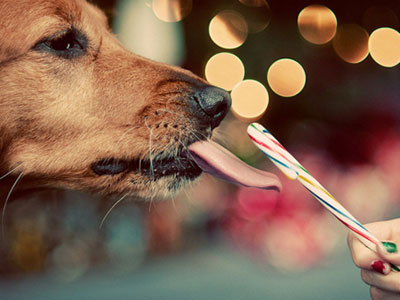
"'Threshold' is the sweet spot, the place where learning and thinking occur, where choices are possible, and where behavior changes (good ones!) can happen."
(Suzanne Clothier, "Understanding Thresholds: It's More than Under- or Over")
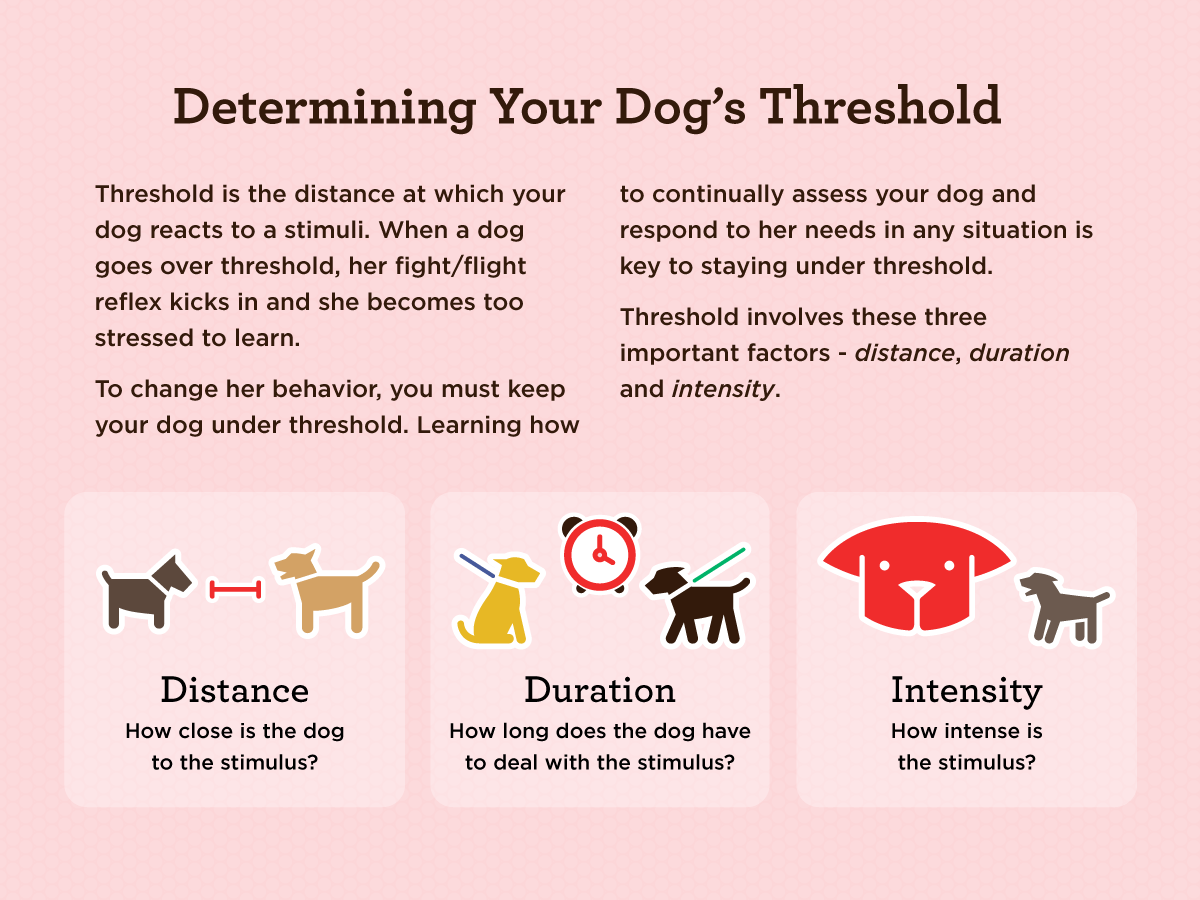
With fearful dogs, "threshold" is often primarily an issue of
physical space.
With a Whoa Doggie, "threshold" may be
psychological, emotional or sensory.
How Do Stressors Stack Up to Affect Threshold?
Stressor + Stressor + Stressor = 🔥🔥🔥
Example
Why during off leash play does a dog come running over to you, jump on you and start humping or mouthing?
(An already-excited dog who then engages in vigorous play may go over threshold if his energy level goes too high.)
Example
Why might a Whoa Doggie leash bite as she comes out of the kennel?
(Trapped in a kennel for long amount of time, physiological needs not met, loud noises, harsh/strange smells, unfamiliar/uncomfortable environment, dogs and people passing by at close range, barking dogs all around, loneliness, too much/lack of stimulation, etc. etc. etc.).
This is a dog who, if we don't get her to engage with us before leaving the kennel, we may struggle to have success with her out of the kennel.
Example
For dogs who are sensitive to touch - why does touch cause mouthiness?
(Dog may be inexperienced with touch, not acclimated, have pain, already be worried about something else, too much tension.)
In each of these situations:
Toys are tools. If we are to have success with this population of dogs, treats cannot be the only tool in our arsenal.
It is important to intermix periods of aerobic activity with periods of calm, engagement, and focus to keep the dog under threshold, or at least help her get back there. Play training is huge.
It is important to be on your toes and ready to redirect the dog's focus to an activity that you do want her to do.
"… all living things repeat behaviors that are rewarding, and those behaviors that aren't rewarded extinguish (go away) …"
(Pat Miller, "We're Positive")
So How Do We Reduce Stress and
Build a Relationship?
Soften the Environment
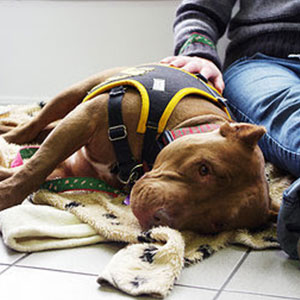
- Visual barriers/Auditory diversions (Through a Dog's Ear, etc.)
- Alternative housing solutions: foster, behavior suite, office, Life Rooms
- In-kennel safety - carabiners, leashes/harnesses, available enrichment
- Holistic calming aids: Rescue Remedy, Peaceful Paws, DAP, etc.
Downtime: How to use it, why it's important
- Treat for Calm: Rewarding dogs for quiet, calm behavior to help them learn to engage, focus, and to get them back under threshold.
- In the kennel: spend time in the kennel with the dog. "I love my kennel" protocol. Setting the tone in the kennel is key to success on your walk.
- Away from the kennel, be sure to mix calming activities into the mix. Find an office or quiet spot around the campus. Car rides are fun, diverting, and the dog might sleep.
Practice Mindful Use of Food and Touch
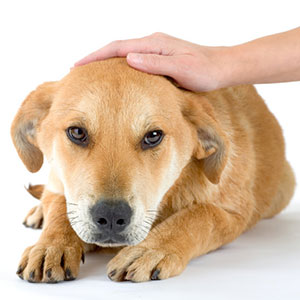
- Use only as much food as you need to build a relationship and teach.
- Use food when: it's helpful; to make a connection; to build trust; in training; or, to change the moment.
- Check your touches - position, speed and pressure matter
- Everyone almost always needs to slow down, and either use more or less pressure.
Find and use what the dog loves as motivation
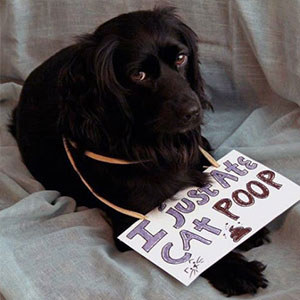
If the dog will eat, you can begin working.
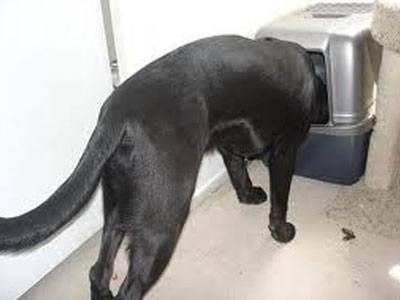
Experiment with different values of treats/food until you find something that will help you build that relationship.
![]()
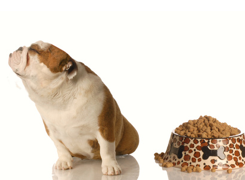
If he won't eat and you're pretty sure he would normally nom some goodies, you may be over threshold, your treats may not be high value enough, the situation may be too stressful, or he may already be full.
Find some other way to motivate him.
![]()
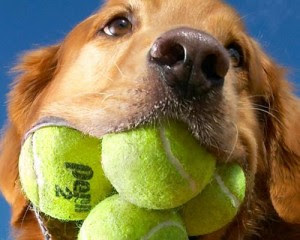
Maybe he won't eat your treats but he loves a toy, smelling all the things, or some other activity.
Use that "functional reward" to make a connection instead!
Working with the Whoa Doggie!.
Stocking Our Toolbox
Approaches
- Sometimes we need to help them let off some steam to get them under threshold so they can think and learn.
- But other times that work needs to be done in the moment when you think they're least trainable.
- For each dog, the key is to slow down, see the dog in front of you, figure out what that individual needs.
- Constantly be asking/reassessing "how is this experience for this dog at this moment?." Don't push the dog into an unsafe state.
- Consistency is key to building healthy relationships quickly. The same rules need to apply from handler to handler.
Moments, Not Minutes
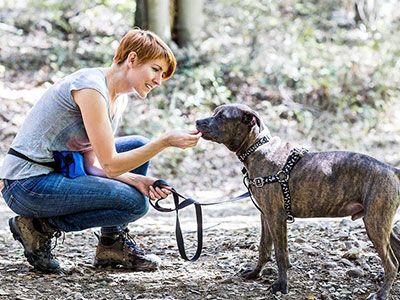
Keep sessions short and end on a positive note, even if it wasn't mind blowing.
Take advantage of teachable moments; turn a potty break into a thinking walk.
Be neutral.
Know when to let the dog set the pace, and know when to take it up a notch.
Allow the dog some autonomy and freedom, when appropriate. Once a dog realizes he has a choice, he may be willing to work with you.
Focus and Engagement
- The work we will do helps the dogs learn to settle with us and on their own and to focus/engage with humans.
- A focused, engaged dog makes our time with them more enjoyable. This is the dog an adopter wants.
- Ultimately, focus and settle games teach the dog important life skills they need to get adopted, and ensure the relationship with the adopter is a success and lifelong.
Functional Rewards
A "functional reward" is whatever the dog decides is rewarding
at this moment.
"It is always the dog who decides what
(Grisha Stewart, empoweredanimals.com)
the Functional Reward is."
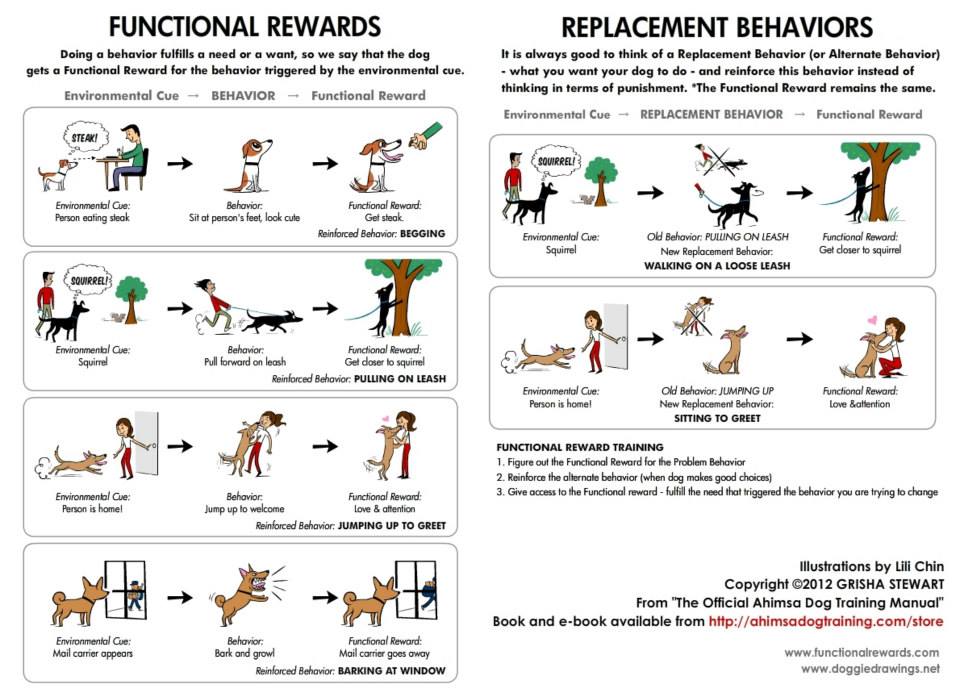
Premack Principle
The Premack Principle states that you can use a high probability behavior to reinforce a low probability behavior.
("If you eat your vegetables, you can have dessert.")
Premack Principle
Toys are Tools
Especially with this subset of shelter dogs, toys are not a frivolity or just something to leave a dog alone with. Play training and play time are as important for shelter dogs as potty breaks.
Toys are handy for:
- Redirecting mouthy dogs
- Distracting shy or reactive dogs
- Building a relationship
- Changing a moment
- Rewarding a success
- Salvaging a failure
- Teaching important skills
- Easing stress
Toy play is one of the first things to go when a dog is stressed and over threshold. So whether a dog will play with toys is often a good barometer for his stress level.
The goal is to bring the dog's stress level down to the point that his physiological and safety needs are met. After that, his willingness to play will often emerge.
Equipment - so the dog feels safe

-
Harness (preferrably) or martingale collar
- Clip in front: double clip to collar. If you have a carabiner clip, then clip that to harness and collar.
- If dog starts to bite/tug on the leash, then step on the leash so you don't get into a game tug.
- Clip in back: because harness doesn't fit right, you already have relationship with dog, or the dog is a leash biter.
- Clip in front: double clip to collar. If you have a carabiner clip, then clip that to harness and collar.
Equipment, continued
- Wraps (often with TTouch)
- Thundershirt
- Carabiners (for time outs)
- Two leashes
- Training bag
Change the Environment,
Change the Behaviors
- Kennel Routine
- Couple gate games with kennel routine to have an impact on the dog you're working with and the neighoring dogs. Do a round of gate games before entering any kennels to create some calm.
- Change the scenery: Do some outings! Car rides, Thinking Walk, Life Rooms, "Cupcake park" outings, etc.
- Active Enrichment - all dogs need access to a rotating variety of enrichment items. Dogs need toys to chew on as well as toys to play with. Also rotate through consumable chewies (bully sticks, jerky sticks, etc.).
How to Set Clear Boundaries
Catch the behaviors early in their onset
- It starts with Kennel Routine or gate games because this is where you start defining your relationship.
- Model the behavior you want. You can escalate the behavior if you get excited. Follow the "Things in My Mouth" plan when working with this type of dog.
- Be willing to set expectations: calm/four paws on the floor at minimum AND eye contact to leave the kennel; loose leash walking everywhere; carry a toy if mouthy; and, eye contact at all transition points
- Consistency is key. Dogs can't generalize what they've learned if everyone does things differently.
- But also recognize when it's time to take it up a notch.
Helping a Whoa Doggie! Put His Best Paw Forward
How to market these dogs to adopters
- These behaviors are likely specific to the shelter, and may not be as intense or even present in a home.
- Be careful what you say about dogs – "He needs to be a working dog." "He needs to go a distance runner." "He needs to live with a trainer." – because it might not come true in a home!
- Don't oversell the energy level.
- Set reasonable expectations for who can succeed with this dog.
Activities for Impulse Control & Calming
Do these activities in kennel as well as out.
- Basic Behavior Plan for Shelter Dogs
- Things in My Mouth Plan (mouthing/leash biting)
- Fearful/Shy Dog Plan
- Reactivity & Barrier Frustration Plan
- Focus Games
- Settle Games
- Tricks (Sit, Stay, Touch, Shake, Rollover, Come When Called, Leave It, etc.)
- Nosework – Shelter Skills & Games Class, 3rd Wednesdays
THE END
Dogs Out Loud | www.dogsoutloud.org
Created using Reveal.js
Resources
Articles
Resources
Videos/How Tos
- Treat/Retreat
- Touch and Treat (or Pet and Pay)
- Relaxation Protocol
- Pattern Games
- Tricks (Sit, Stay, Touch, Shake, Rollover, Come When Called, Leave It, etc.)
- Nosework